ויליאם אצ'ף
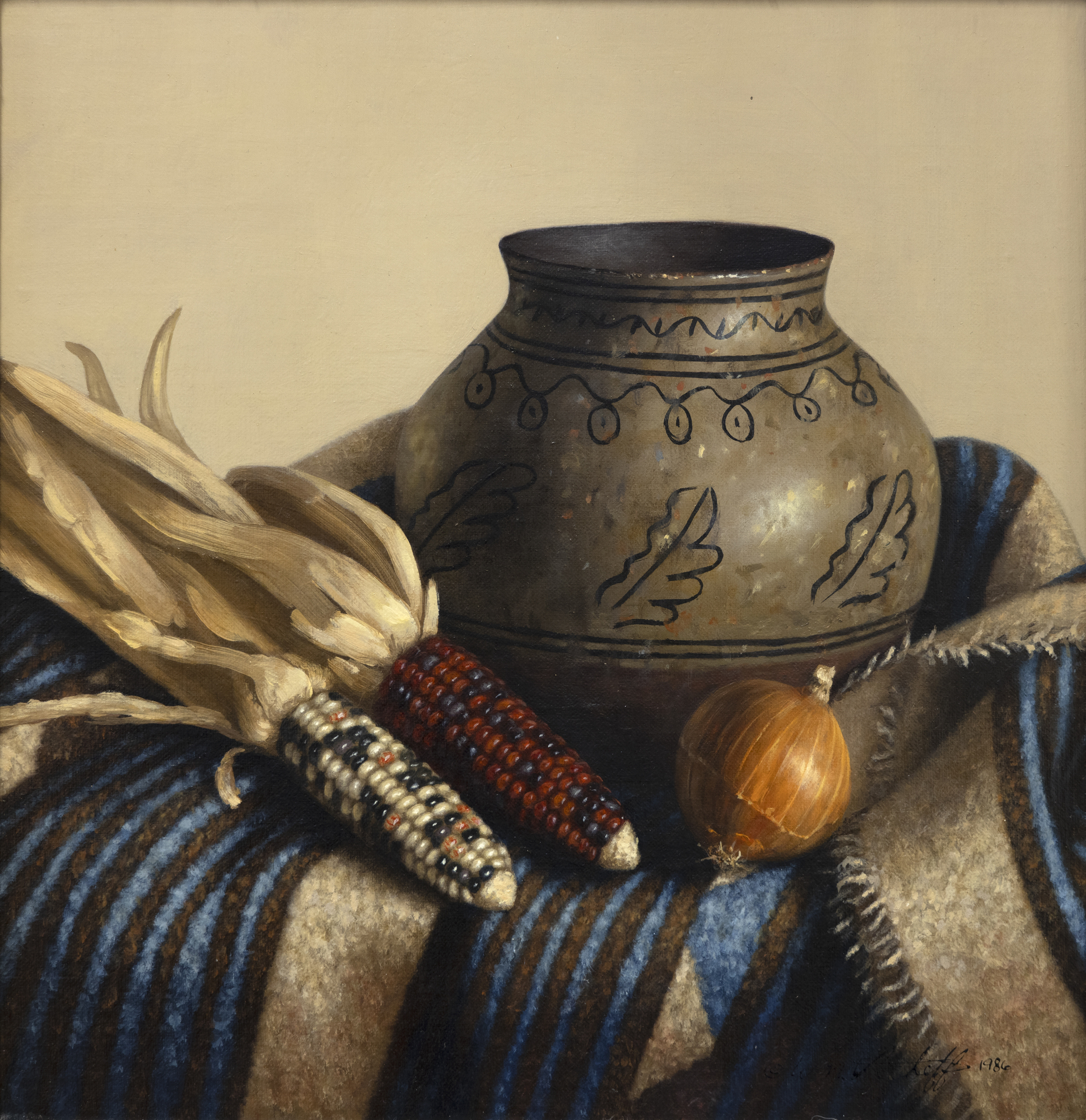
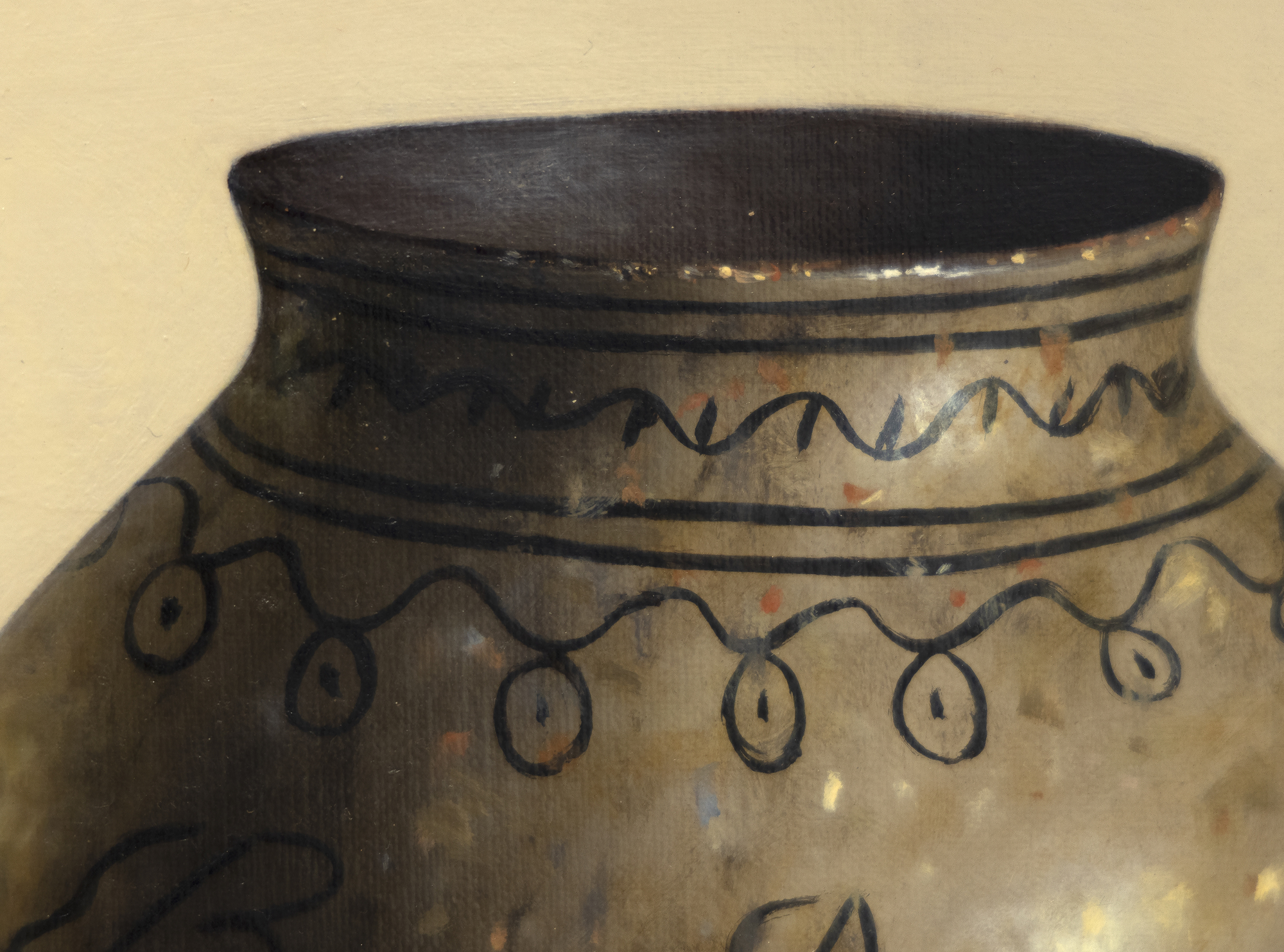
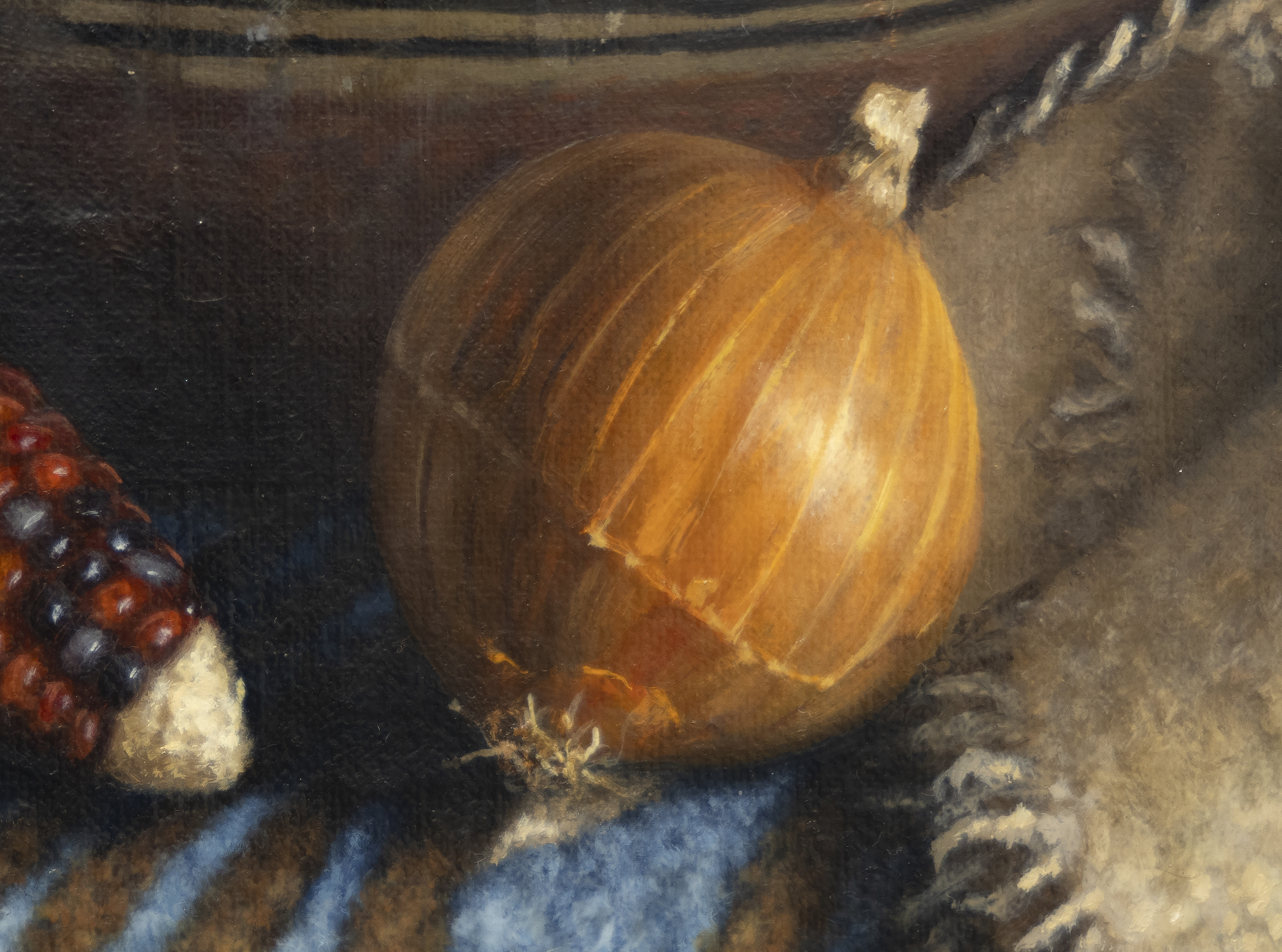
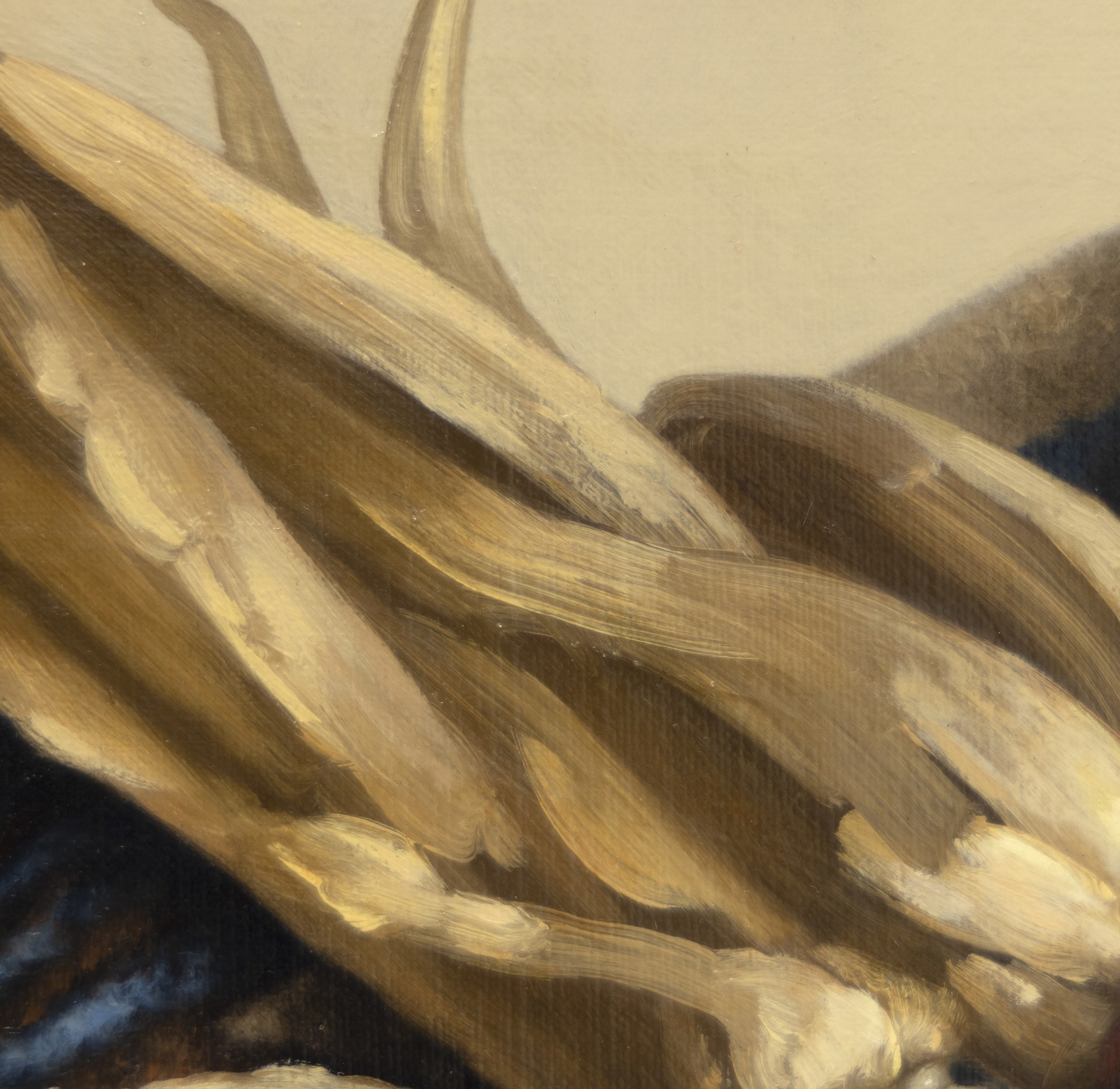
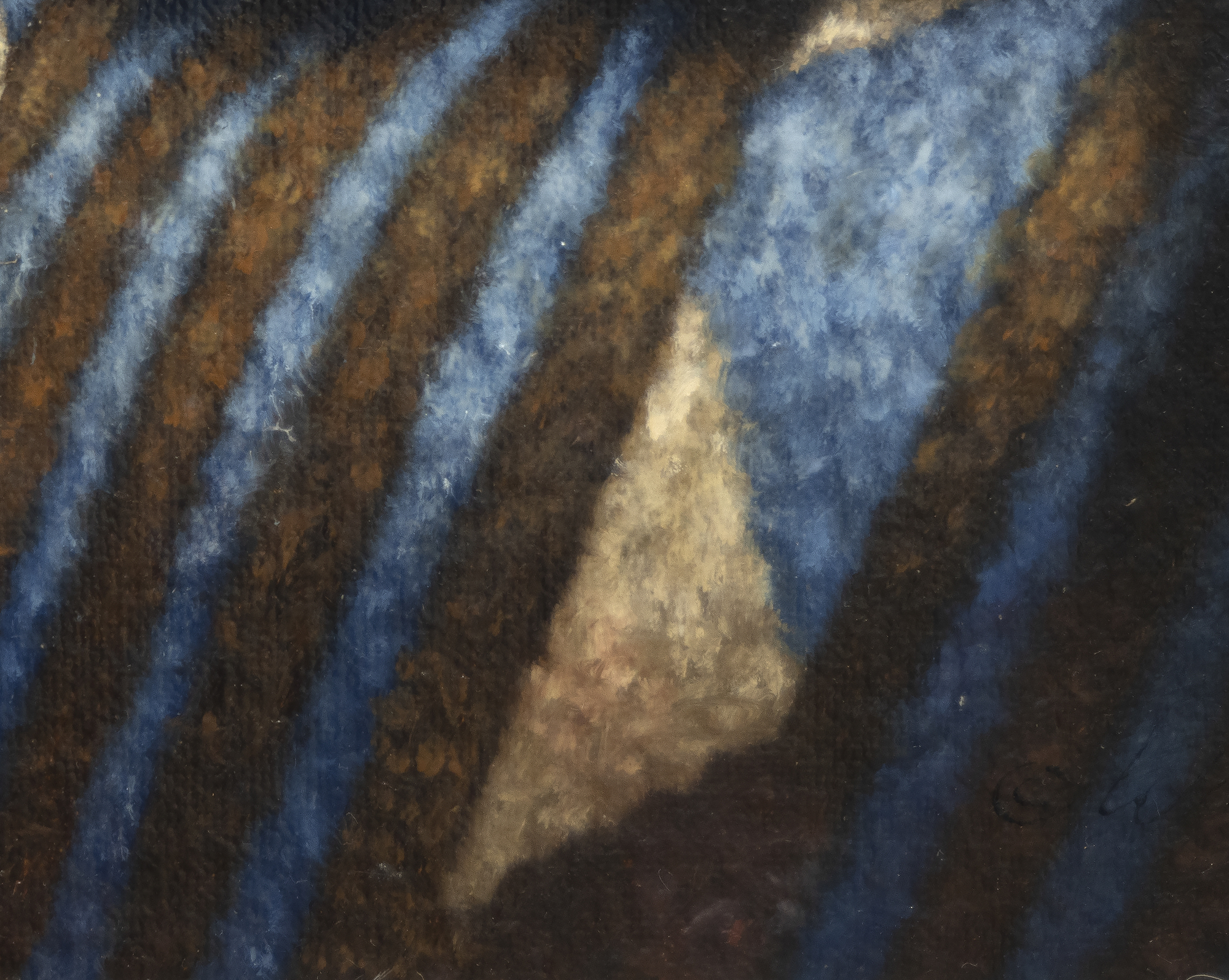
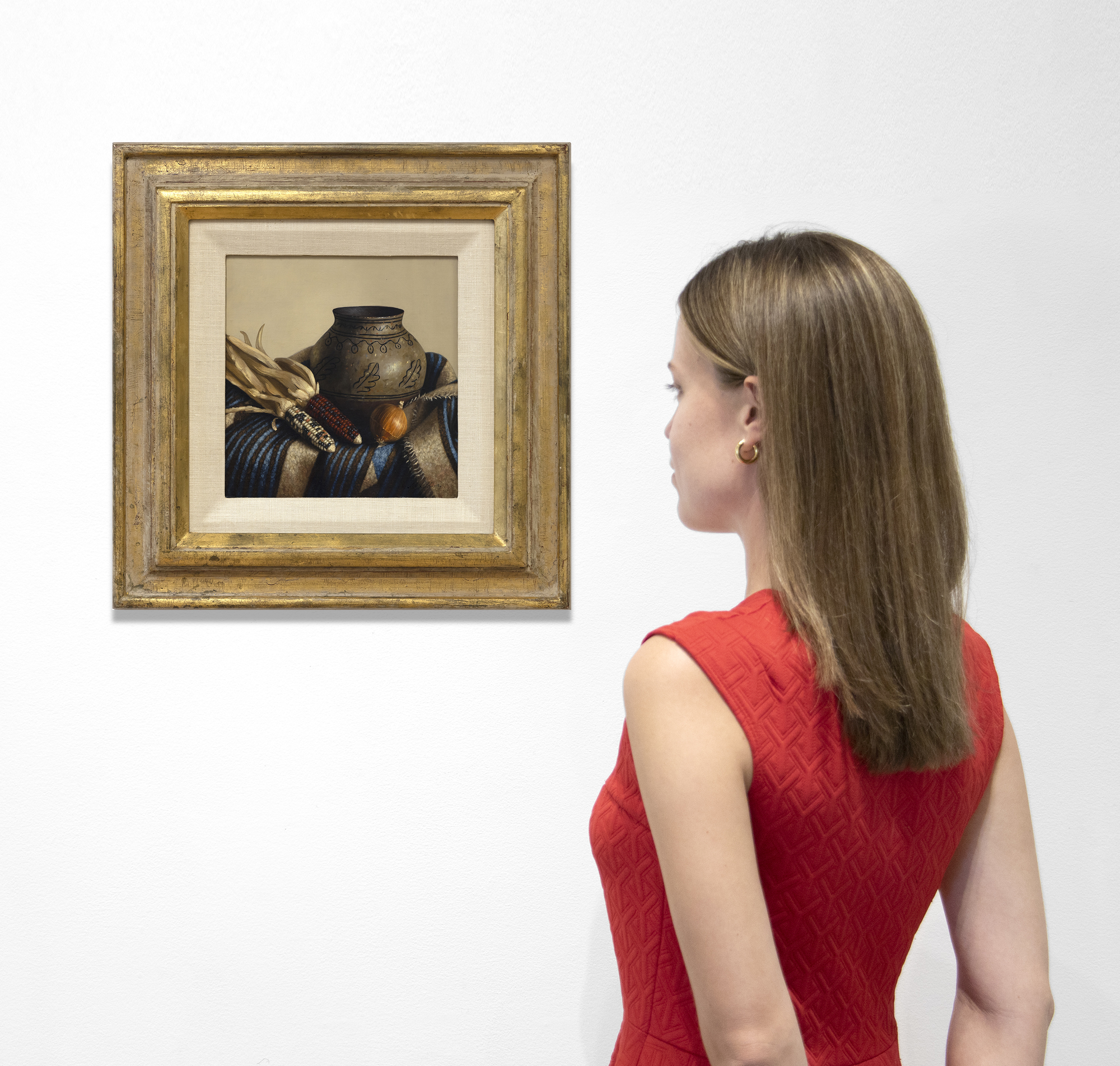
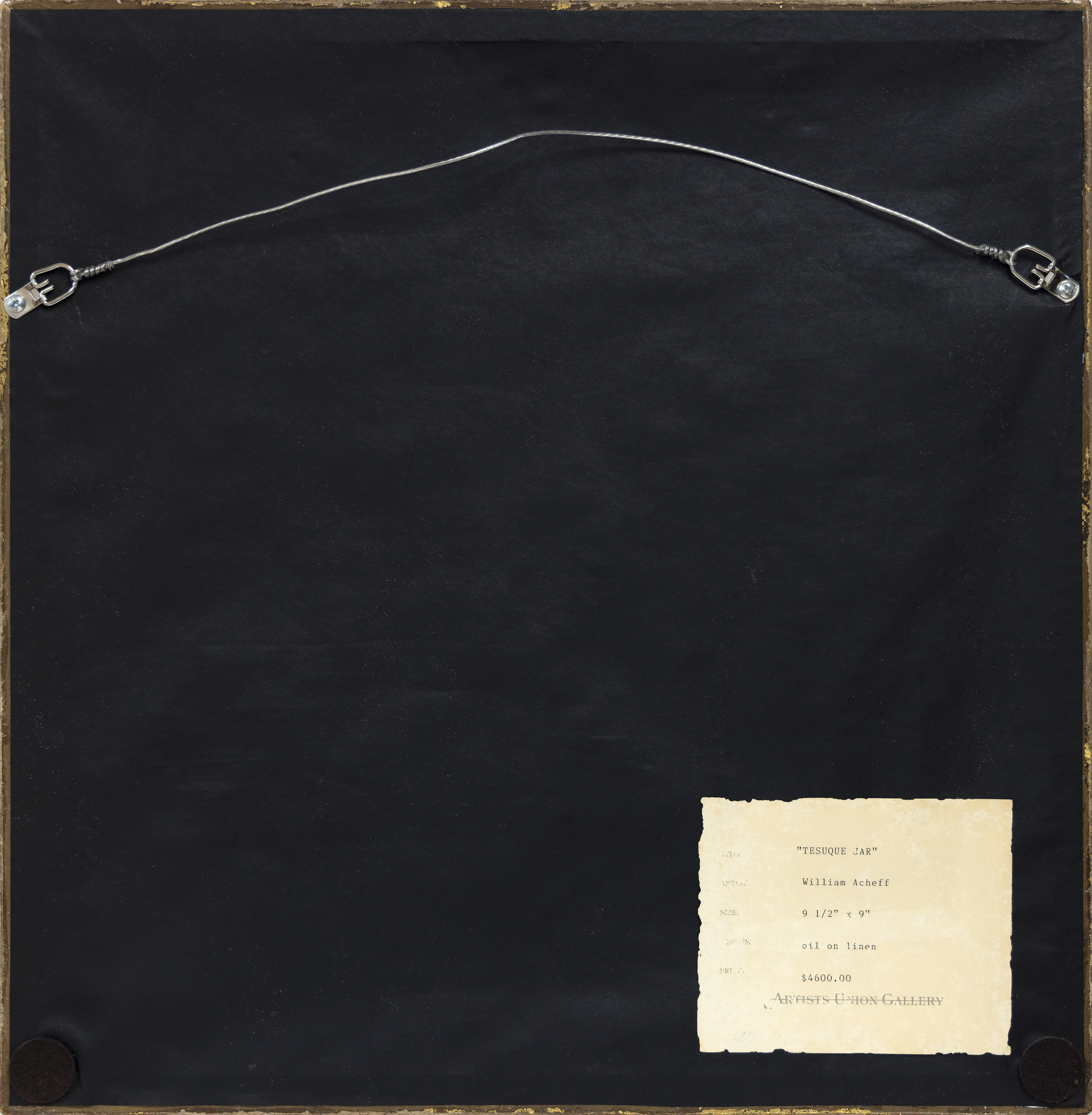
מקור ומקור
אוסף פרטינולד בשנת 1947 באנקורג', אלסקה, הוא ממוצא גרוזיני, רוסי, סקוטי, הולנדי ואלסקה-אתבסקנית. הוא עבר הכשרה קלאסית בסן פרנסיסקו, עבר לטאוס בשנת 1973 וממשיך לצייר בדרך ייחודית ומוכרת זו, לעתים קרובות תוך שילוב חפצים ומסורות מן העבר עם פריטים ותפאורה עכשוויים.
צנצנת Tesque מציגה צנצנת גוף חימר (olla) מהפואבלו של טסוק, Tesugeh Owingeh ("הכפר של המקום הצר של עצי כותנה"), הממוקם בצפון ניו מקסיקו. מולדת אבותיהם מכסה את כל אוגה פוגה (סנטה פה), וכלי החרס, רובם מסוף המאה התשע עשרה ותחילת המאה העשרים, מוערכים מאוד על ידי אספנים.


